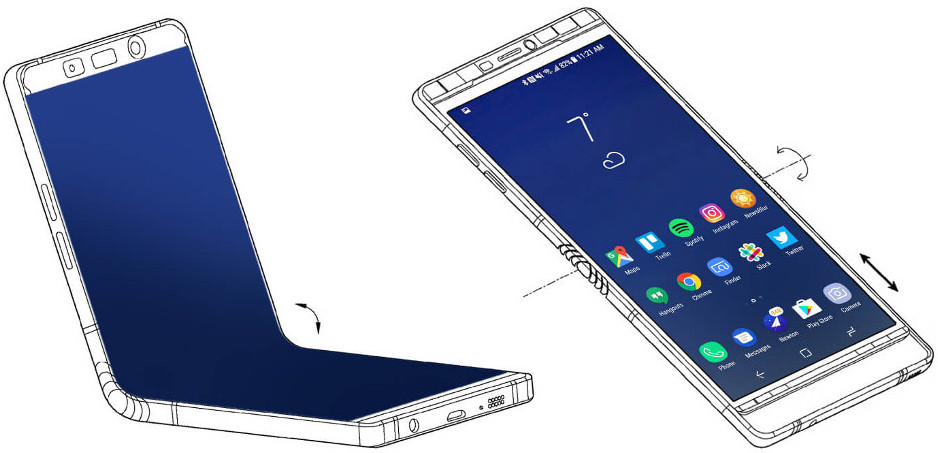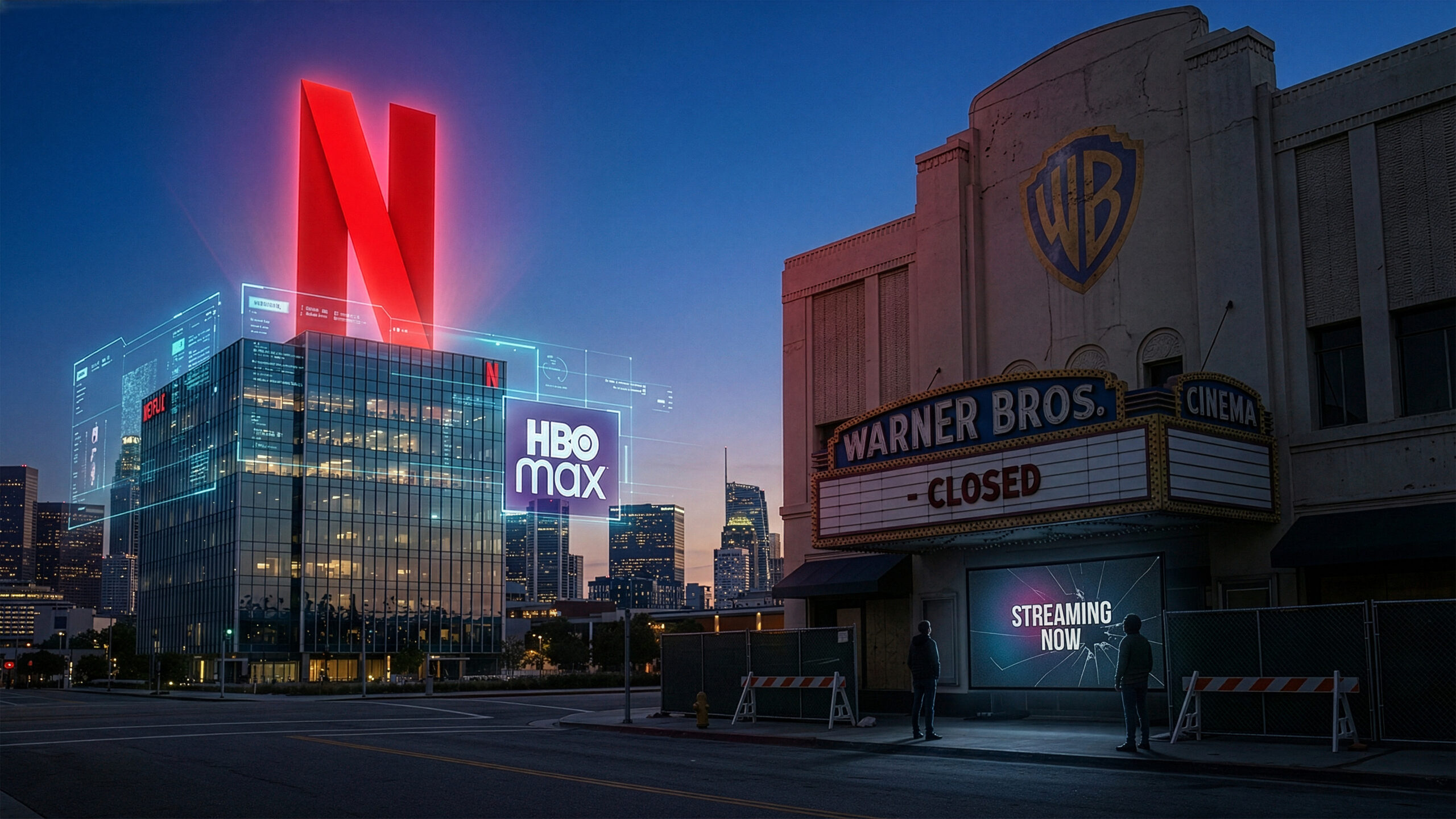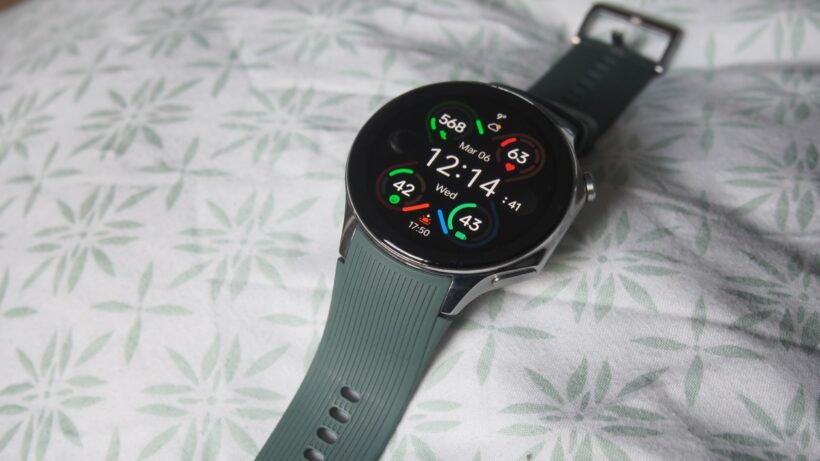The firm might broaden its foldable collection next year by introducing a Wide Fold in addition to its standard models.
What you should know
– Apple is anticipated to unveil its initial foldable iPhone in 2026 with a wider, book-like aesthetic and a 4:3 aspect ratio.
– Samsung is said to be creating a new Wide Fold form factor to directly challenge Apple’s forthcoming foldable iPhone.
– Samsung may debut three foldables in 2026, incorporating the Wide Fold along with the Galaxy Z Fold 8 and Z Flip 8.
Apple is speculated to bring forth its first foldable smartphone in 2026. While Samsung has been producing foldable phones for more than seven years, the company seems to be already pursuing a new form factor that would compete directly with the foldable iPhone.
According to earlier reports, Apple is adopting a distinct strategy with its foldable iPhone. While the majority of foldable phones currently on the market are taller than they are wide, Apple’s foldable iPhone is projected to showcase a wider design, akin to that of a passport or book-like structure. This would reportedly provide a more tablet-like experience with a 4:3 aspect ratio, making it easier to grip and more suitable for video and content viewing.
Currently, a report from ET News (via @jukan05 on X) reveals that Samsung has also begun developing a Wide Fold, featuring a wider form factor than the Galaxy Z Fold 7 to compete against Apple’s foldable iPhone.
The report indicates that Samsung’s Wide Fold will include a 7.6-inch inner OLED display, nearly aligning with Apple’s speculated 7.58-inch inner screen size.
Samsung may be mirroring Apple’s foldable strategies
The inner foldable display is expected to employ a 4:3 aspect ratio, but the main distinction will be the outer screen. It is likely to be a 5.4-inch panel that is wider than it is tall, in contrast to the tall 6.5-inch outer display present on the current Galaxy Z Fold 7.
This concept is not entirely unprecedented. In fact, both Oppo with the Find N2 and the original Google Pixel Fold have utilized a similar form structure. The reason both Apple and Samsung are heading in this direction remains unclear, but the report implies it provides a greater sense of stability for users.
Furthermore, the report mentions that Samsung intends to unveil the Wide Fold “in the fall.” This device is expected to be an additional member of Samsung’s Galaxy Z-series lineup. Consequently, Samsung could potentially launch three foldable phones in 2026, with the Wide Fold accompanying the Galaxy Z Flip 8 and Galaxy Z Fold 8.
The report also notes that the Galaxy Z Fold 8 is anticipated to maintain the same screen size and aspect ratio as the Galaxy Fold 7, meaning no significant design changes are expected for that specific model.










